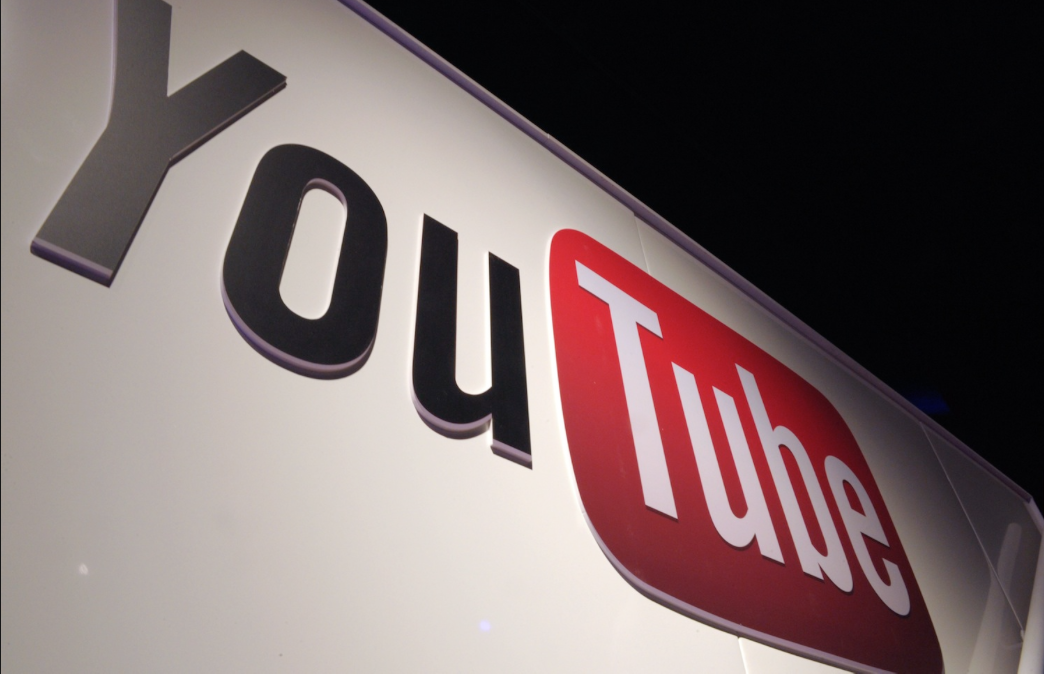As online video gains viewers, cable TV’s losses mount. While 60% of US internet users surveyed told AYTM Market Research …
Cable is bleeding. Cord cutting could be at fault.
US Pay TV had a really bad first quarter this year, with cable companies losing an estimated 263,735 subscribers from …
Advertisers To Spend $10 Billion This Week On Broken TV Model
This week, advertisers will sit down with the broadcast TV networks and hash out their “upfront” ad buying deals for …
A Secret Cartel Keeps The Dying Broadcast TV Industry Afloat
The price of television advertising continues to skyrocket, even though audiences have dwindled as viewers have moved onto alternative, web-based …
YouTube Says The Battle With TV Is Already Over
Tele-what? YouTube touts itself not as a TV alternative, but a new-generation video platform NEW YORK (AP) — YouTube vs. …



